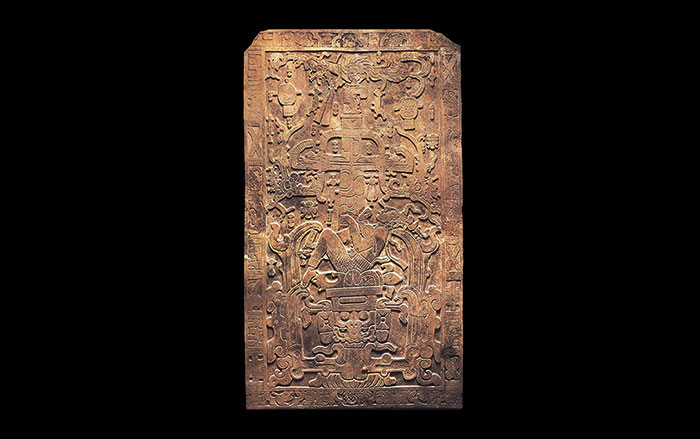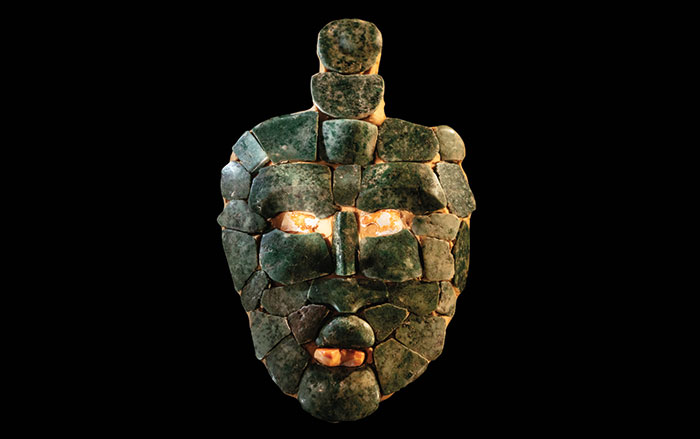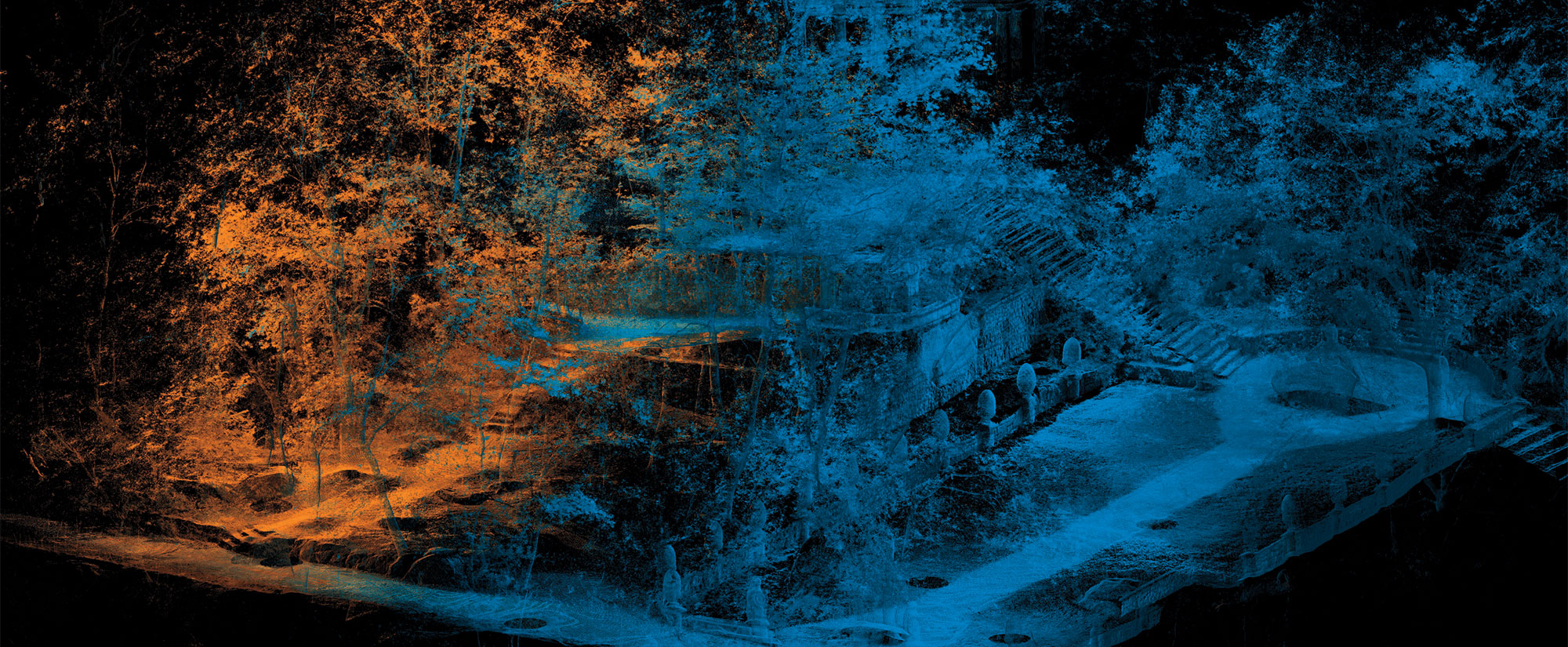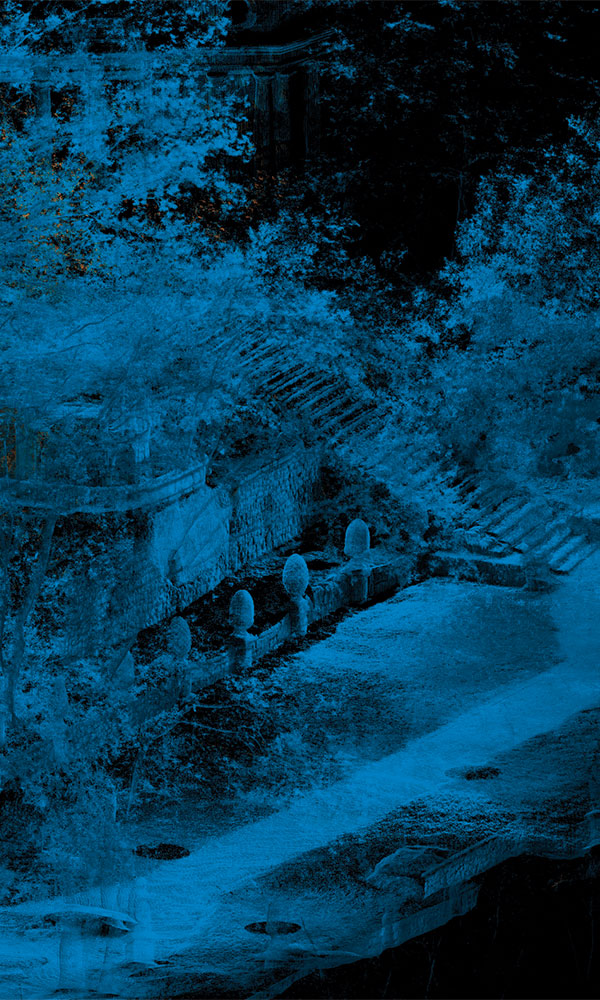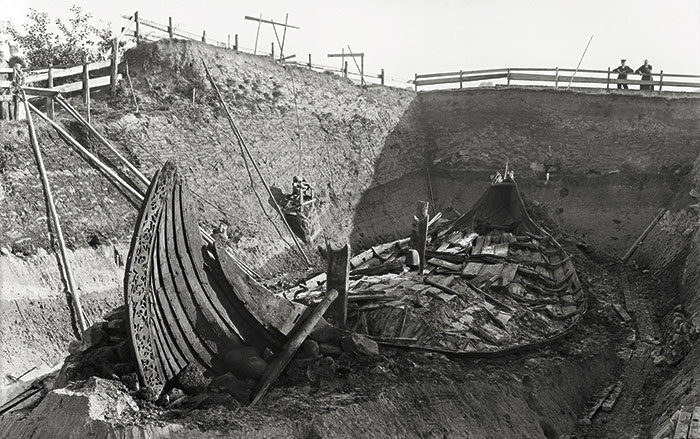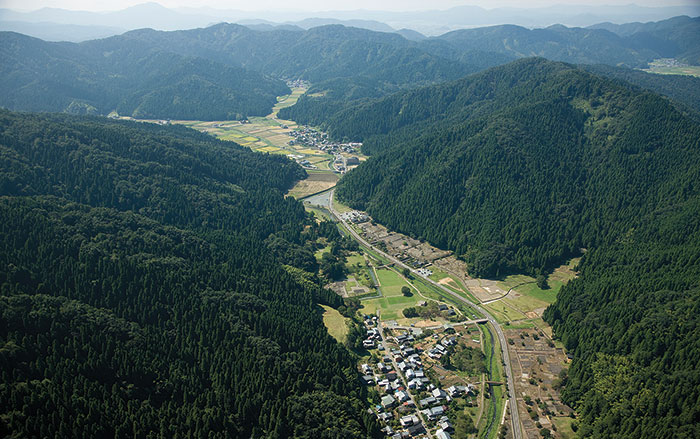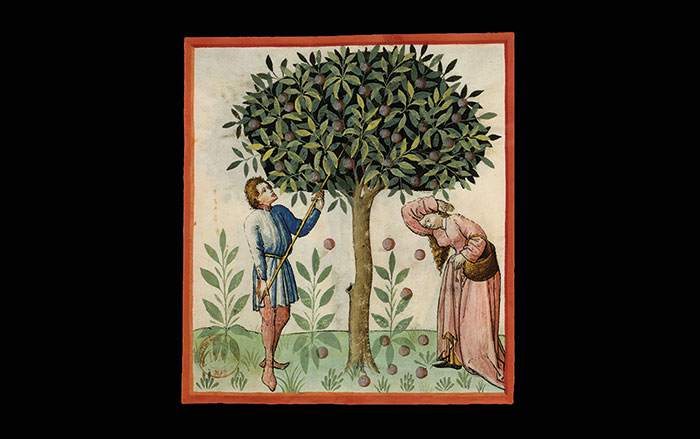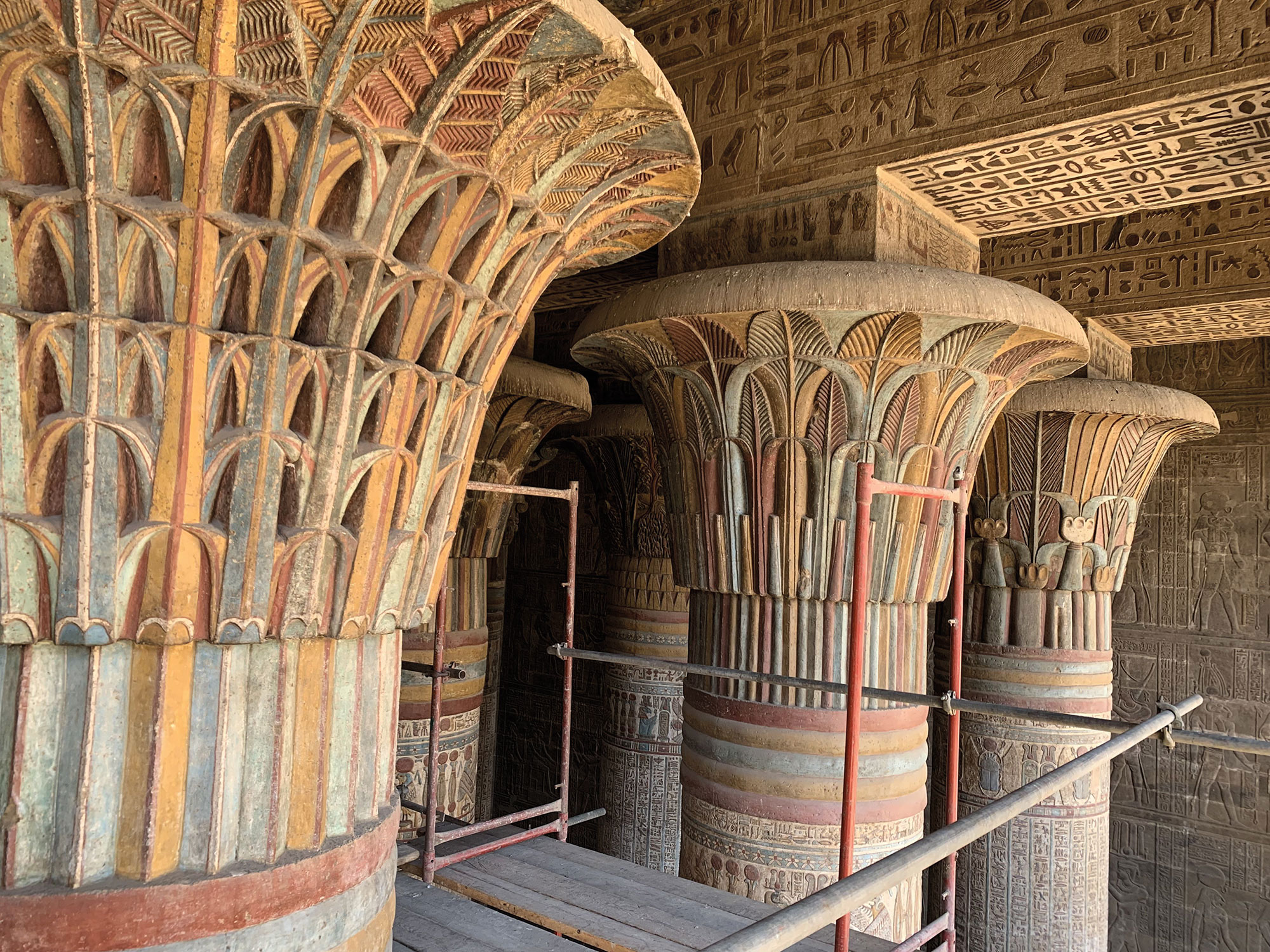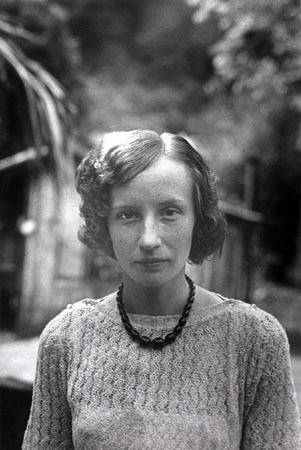
(Courtesy of the Penn Museum)
Some of the most important clues that led to deciphering ancient Maya glyphs came from the carved stone monuments at Piedras Negras and Yaxchilan. In 1960, art historian Tatiana Proskouriakoff published a systematic study of the glyphs on more than 40 large rectangular monuments called stelae that had been erected at Piedras Negras. Her research showed that the stelae could be separated into seven "series," each of which began with a stela that had a niche carved into it. Inside that niche was the image of an elaborately costumed person sitting on a cushion. Above each niche were carvings of astronomical signs and a grotesque bird figure. Below the niche the carvings depicted footprints ascending a ladder. Glyphs, including some that referred to specific dates, were carved in various places on the monuments. At the time, most scholars believed the stelae were records of astronomical events and the figures in the niches were gods. However, Proskouriakoff believed that these scenes symbolized a king ascending the throne, and that the other stelae in each series marked the passing of a five-year period, called a hotun, during the king's reign.
Proskouriakoff noticed that some of the dates on each stela in a series were identical to each other, and that they were always followed by the same glyph. She surmised that the glyph that appears next to the earliest date on the stela, informally dubbed the "upended frog" glyph, referred to the birth of the king, and the glyph that appears next to the second date, dubbed the "toothache" glyph, referred to the day when the king ascended the throne. Proskouriakoff plotted all of the dates on the stelae on a graph, which showed that her interpretation of the glyphs was consistent across all seven series.
To further test her ideas, she also studied monumental stone carvings at Yaxchilan. She found that the pattern of the "upended frog" and "toothache" glyphs applied to that site as well. In addition, she identified the name glyphs of two kings who were frequently mentioned in the monuments. One she called "Shield Jaguar" because his name glyph has an element that looks like a shield in front of the face of a jaguar, and the other she named "Bird Jaguar" because of the bird and jaguar elements in his name glyph. These naming conventions are still used by archaeologists today.
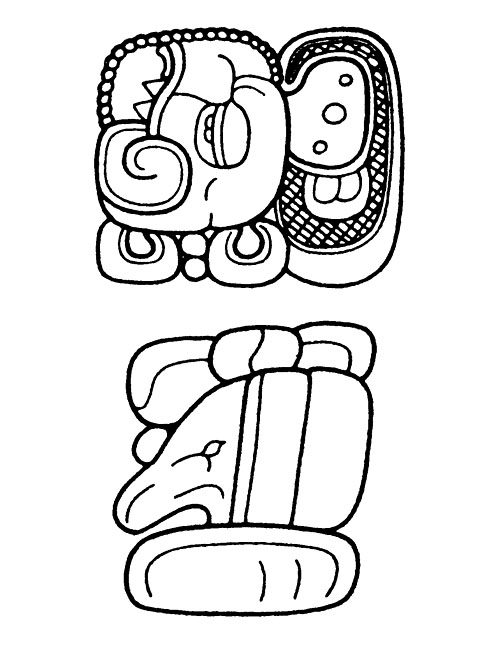
(Courtesy of the Penn Museum)
Proskouriakoff was not the first person to believe that the stelae were historical records. In 1901, Charles Bowditch, a wealthy supporter of Harvard's Peabody Museum's work in Mesoamerica and an amateur Mayanist, first proposed the idea that the stelae recorded the lives of Piedras Negras' kings. "It's a strange little story of Maya archaeology that these ideas and these specific observations had been floating around there for decades. But it was Proskouriakoff laying out a coherent argument that made the difference," says Stephen Houston of Brown University. "She was able to lay a foundation that people were able to build on."
Zach Zorich is a senior editor at ARCHAEOLOGY.



